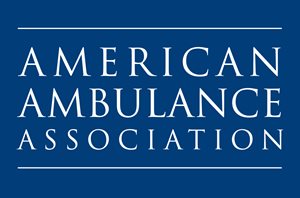What Does it Mean for Emergency Medical Services?
March 15, 2023
The COVID-19 pandemic has had a significant impact on the healthcare system and has highlighted the need for healthcare reform. As the world moves forward from the pandemic, it is likely that the future of healthcare will be shaped by the need for cost containment while continuing to shift the healthcare delivery system to a more value-based care model.
For the past three years, we have seen new innovative approaches to healthcare delivery including the rapid adoption of telemedicine, and it is expected that this trend will continue in the post-pandemic world. Reimbursement reform continues to be an important issue for Emergency Medical Services (EMS) systems, as it affects their ability to provide high-quality care to patients. Despite the disruption that we have seen for the last three years, the EMS industry has continued to push forward with new innovative approaches to service delivery including the expansion of community paramedicine programs and the implementation of alternative programs like the Emergency Triage, Treat, and Transport (ET3) model. During this session, the panelists will discuss the current healthcare landscape, including what innovative programs may be here to stay and what it means for EMS Systems.
Moderator
Jose G. Cabañas, MD, MPH, FAEMS
President, NAEMSP
Panelists
Jonathan Oberlander, PhD
Professor & Chair of Social Medicine and Professor of Health Policy & Management
University of North Carolina – Chapel Hill
Paul Hinchey, MD, MBA, FAEMS
COO for University Hospitals in Cleveland, Ohio
Larry McMillan, MHA
Chief Compliance Officer & ET3 Project Lead, Wake County EMS
Randy Strozyk, MBA
President, American Ambulance Association
Lekshmi Kumar, MD, MPH, FAEMS
Medical Director, Grady EMS
Melissa Kroll, MD
Washington University, St. Louis
Presented in partnership with the American Ambulance Association

